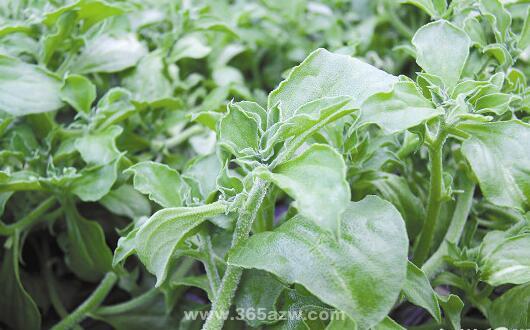Culture methods and matters needing attention of wheatgrass
Wheatgrass is a very high-quality forage plant, what problems should be paid attention to in wheatgrass culture? Next, I will introduce it to you in detail.

Wheatgrass alias wild wheat, flat spike wheatgrass, feathery wheatgrass. Wheatgrass is a perennial dry grass of Gramineae, and it is one of the most important forage grasses in temperate arid regions.
Wheatgrass can grow on dry grasslands, hillsides, hills and sandy land. Because of its good quality, rich nutrition and good palatability, all kinds of livestock like to eat, and because they turn green early, they can provide green feed for grazing livestock earlier.
Wheatgrass especially has the characteristics of drought resistance, cold tolerance, grazing resistance and more offspring, which plays an important role in the replanting of grazing land and the establishment of artificial grassland in dry land. Because the root of wheatgrass is whisker-like, dense, sand-gathering and deep in the soil, it is also a good soil and water conservation plant and sand-fixing plant.
The function and value of wheatgrass
1. Edible value: wheatgrass is soft, is one of the excellent forage grass, high nutritional value, is one of the edible plants.
two。 Economic value: the nutritional value of wheatgrass hay is poor, horses and sheep like to eat when they are young, cattle and camels like to eat. It was used as a fattening forage in arid steppe, but its palatability and nutritional composition decreased after flowering. Wheatgrass also has higher digestibility to anti-poultry. Wheatgrass is a kind of excellent natural forage grass in arid steppe, with high seed yield, easy collection and strong germination ability. therefore, many provinces (regions) have been introduced and cultivated and become important cultivated forage grass, which can both graze and mow; it can be planted alone or mixed with legume forage, producing 100kg hay per mu and 133.3 kg per mu. The branches and leaves are not easy to fall off in winter and can be grazed, but because of the small amount of leaves, the feeding value is relatively reduced.

3. Green environment: because the root of wheatgrass is whisker-shaped, dense, with sand cover and deeper into the soil, it is also a good soil and water conservation plant and sand-fixing plant.
Culture methods of African wheatgrass
1. Cultivation techniques of African wheatgrass.
Colonization
It is the right time to set the value when the leaves grow to the 4th to 5th leaves and about 20 Mel 40 days after sowing (depending on the cultivation period). Due to different producing areas, direct seeding can also be carried out, and it is suitable for seedling cultivation with the improvement of the rate of show or long-term harvest.
Temperature management
The suitable temperature of African wheatgrass is 20 Mel / L / 30 ℃, and its growth is sensitive to high temperature in summer.
Watering
African wheatgrass is more resistant to drought, but when operating irrigation, it is watered when the soil surface is dry.
Harvesting method
When African wheatgrass is harvested, it spreads radially with scissors and is harvested from the side branches about two months after sowing. Pre-cooling is carried out after harvest due to low temperature storage or utilization in the early morning during transportation.

2. Propagation mode of African wheatgrass.
Soaking seeds
African wheatgrass seeds need to be soaked in 20-30 degrees warm water for 2-4 hours before sowing.
On demand
Sow one seed in the seedling tray, or sow three seeds at a point of 9 centimeters. If the soil is thick, it will affect its germination, so as long as it is covered gently. In order to make it germinate better, the temperature management after sowing is about 20 degrees as the goal, in the low temperature period, the use of incubators and so on. If sown and cultivated in autumn, it will sometimes be affected by high temperature, and the germination rate will decrease. Please note that the nursery room is always ventilated to lower the temperature of the nursery environment.

The above is the introduction of wheatgrass culture. I hope it will be helpful to you.
Related
- Wuhan Hospital Iron Tree Blooming Result Was Instantly Frightened by the Gardener Master
- Which variety of camellia is the most fragrant and best? Which one do you like best?
- What is the small blue coat, the breeding methods and matters needing attention of the succulent plant
- Dormancy time and maintenance management of succulent plants during dormancy
- Minas succulent how to raise, Minas succulent plant pictures
- What are the varieties of winter succulent plants
- How to raise succulent plants in twelve rolls? let's take a look at some experience of breeding twelve rolls.
- Attention should be paid to water control for succulent plants during dormant period (winter and summer)
- Watering experience of twelve rolls of succulent plants
- Techniques for fertilizing succulent plants. An article will let you know how to fertilize succulent plants.



